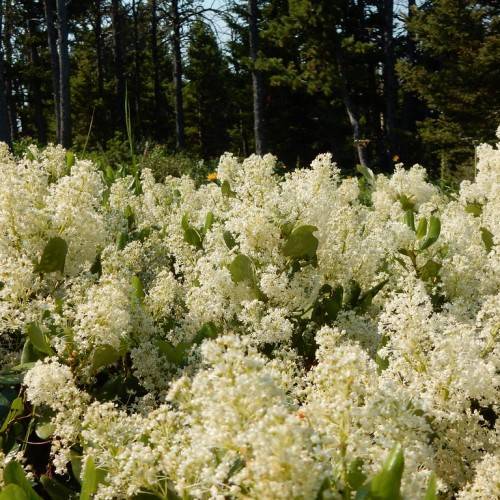
Tobacco Ceanothus
Ceanothus velutinus
Also Known As - Snowbrush Ceanothus,Mountain Balm,Buckbrush,Wild Lilac,Tobacco BrushWatering:
Minimal
Hardiness Zone:
Flowers:
Flowers
Sun:
Partial Shade, Shade
Soil:
Humus Enriched
Leaf:
Yes
Growth Rate:
Low
Poisonous To Pets:
Yes
Care Level:
Medium
watering
Blue Cohosh likes an evenly moist soil. Water the plant regularly during spring and summer, making sure to keep the soil evenly moist but not soggy. During autumn and winter, allow the surface of the soil to dry out somewhat between waterings. Water the soil deeply, about 1 to 2 inches (2.5 to 5 cm) per week, but never let the soil become saturated.
sunlight
Blue Cohosh requires at least 4 hours of direct sunlight per day for optimal growth. This plant will tolerate light in full shade, however, the flowers will be less prominent and the foliage will become limp in these conditions. Plants should be placed in a location where they will receive ample sun during the day in order to thrive. In the summer, the plant should receive at least 4 to 6 hours of direct sunlight per day, and during the winter this should be reduced to 2 to 4 hours.
pruning
Blue Cohosh plants should be pruned back in late spring or early summer, after the flowers have bloomed. Pruning should typically involve removing 1 third to 1 half of the woody stems near the base of the plant. Remove any dead, damaged, or diseased stems, as well as any stems that are growing in a weak or irregular pattern. Pruning should only be done if the plant is grown as a foliage accent or to create a hedge. If the plant is grown for its flowers, it should not be pruned.
